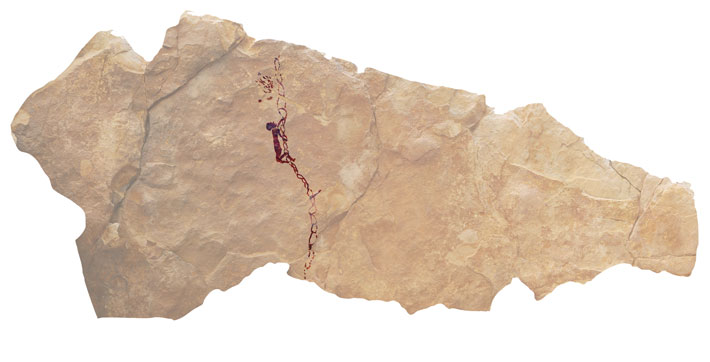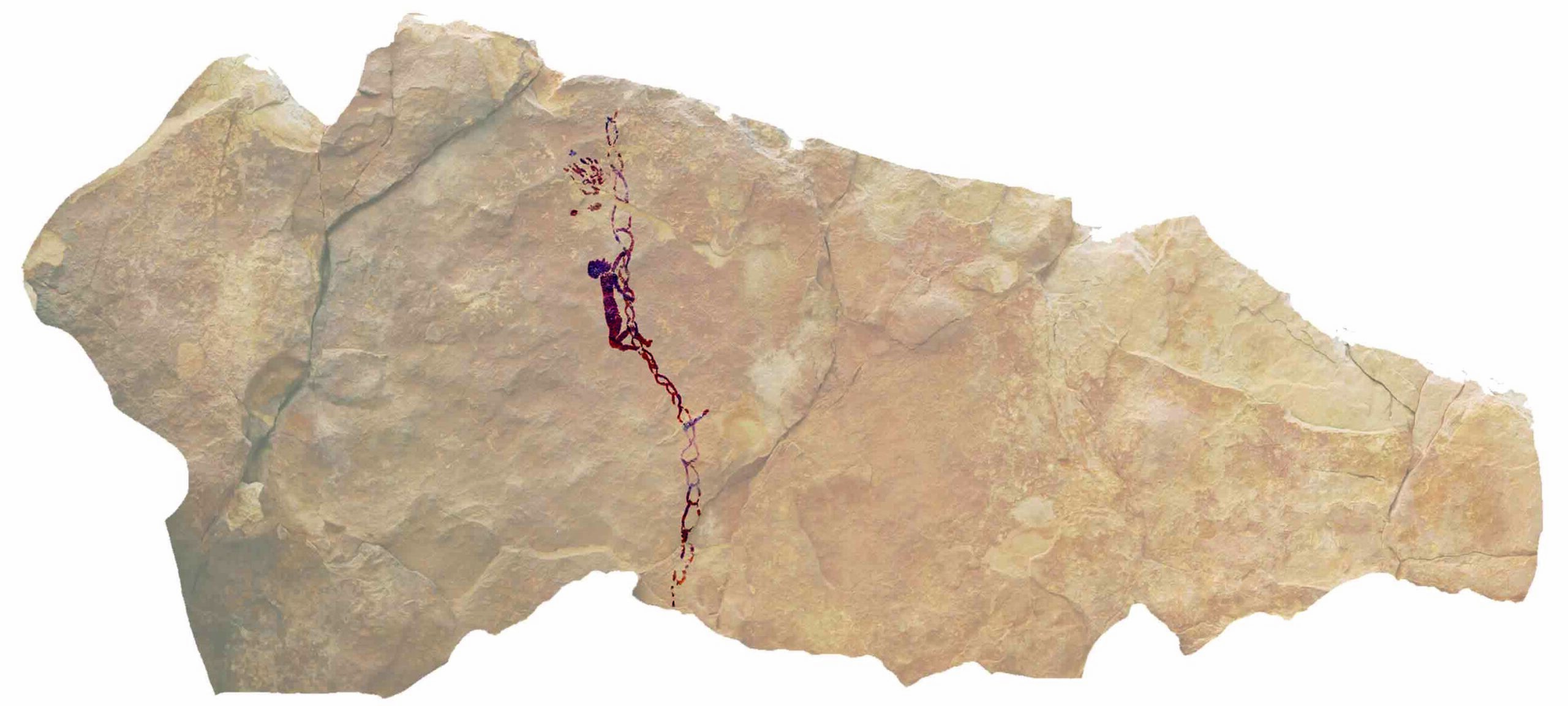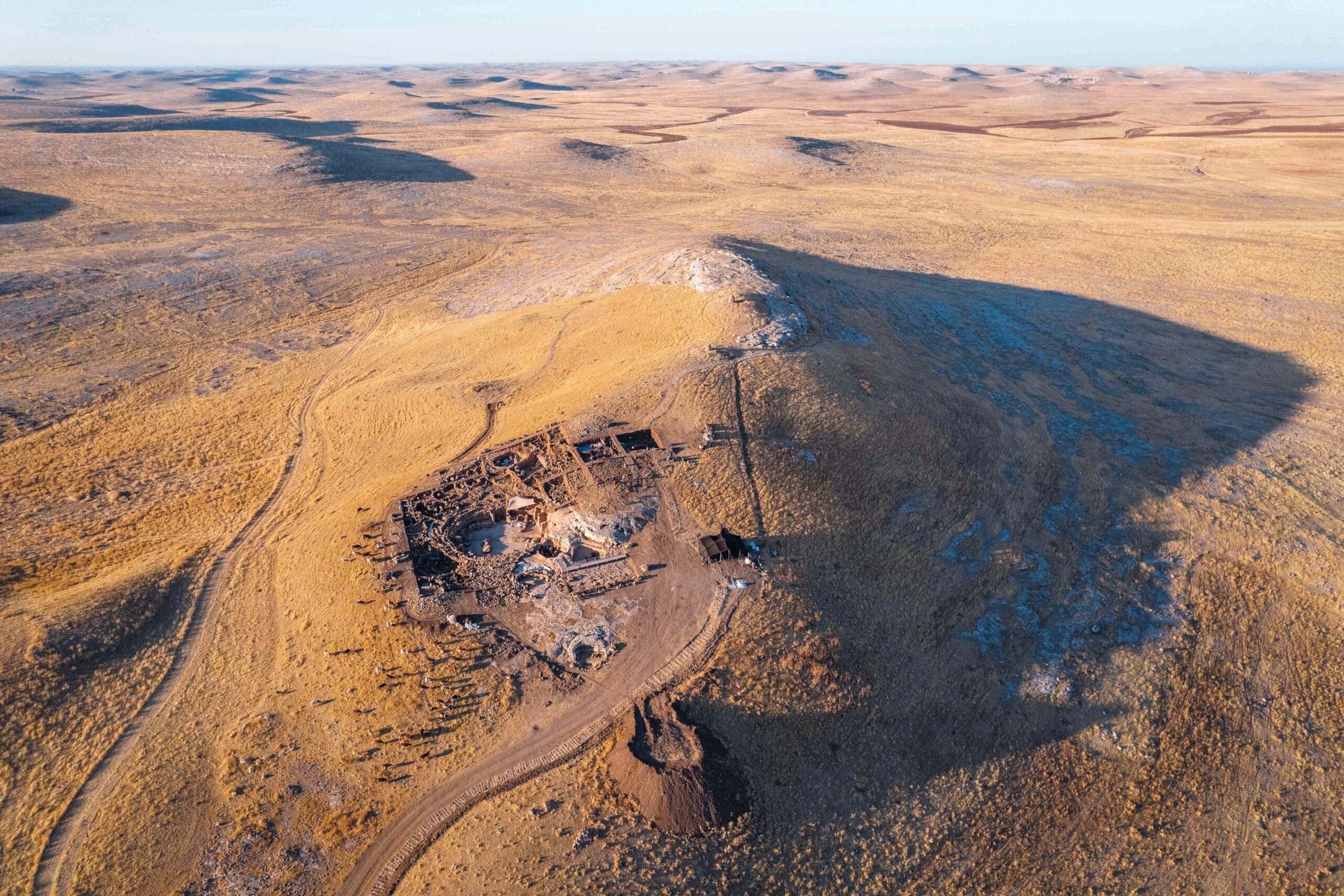
At the site of Barranco Gómez in eastern Spain, a team led by archaeologist Inés Domingo of the University of Barcelona recently discovered a 9,000-year-old Neolithic rock art depiction of a high-flying honey hunter. The panel, made in what scholars call the Levantine rock art tradition, shows a person with seemingly no fear of heights using a 25-foot-tall rope ladder attached to a cliff in pursuit of a large beehive. The artist painted the scene realistically, depicting individual loops of the ladder compressing under the climber’s weight. “We were impressed by the precise execution of the scene and the realism of the action depicted,” says Domingo. “The details of the type of ladder used and the safety measures implemented to secure the rope to the wall are truly exceptional.” She adds that the fidelity of the Levantine rock art tradition gives scholars the chance to tease out details of ancient life previously invisible to archaeologists.











